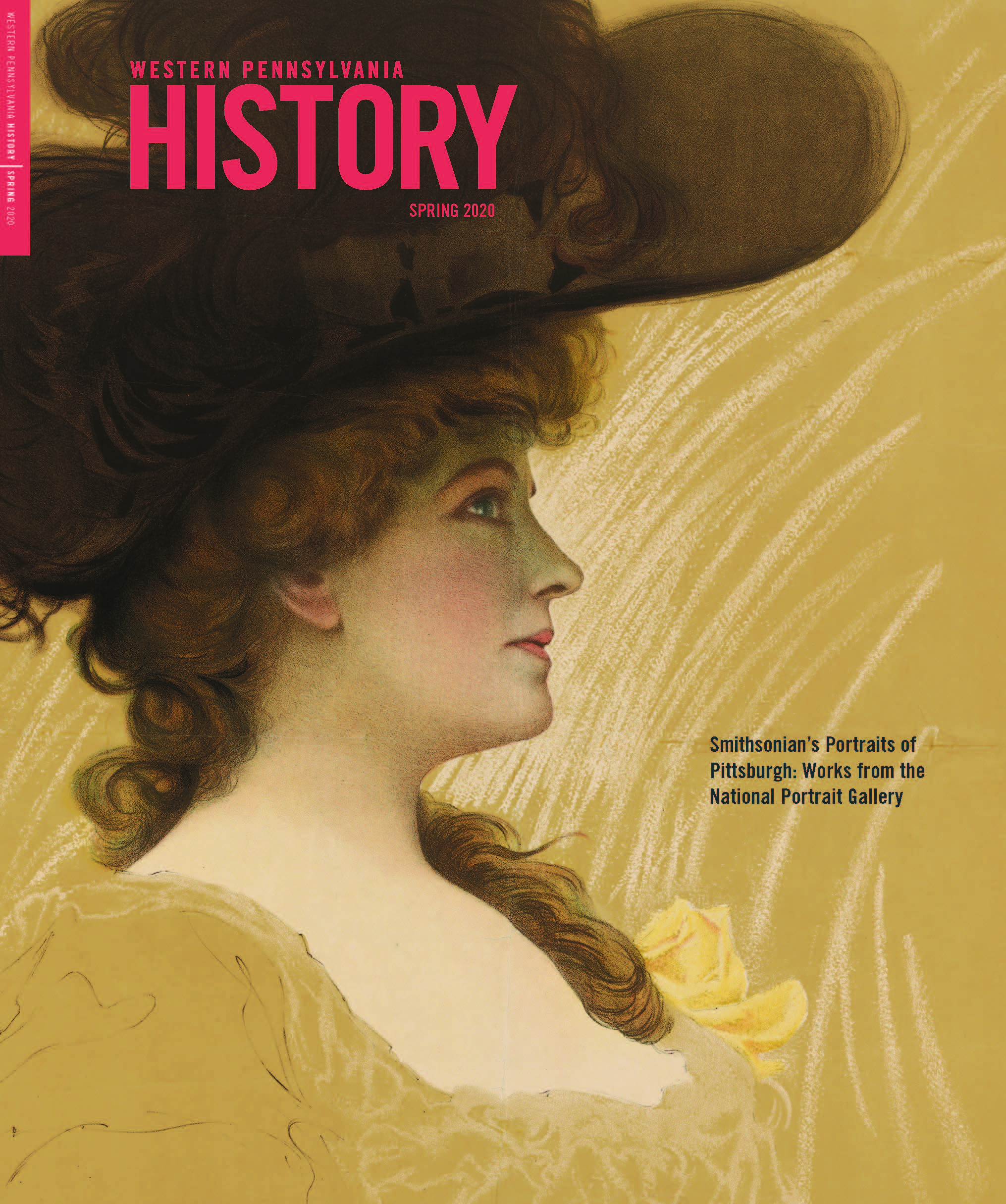Abstract
In 1837, the American author Nathaniel Hawthorne envisioned portraiture as analmost mystical creation. In his story “The Prophetic Pictures,” the author recounted the tale of a discerning artist who captured tragic foreboding in the likenesses of the betrothed couple who were his subjects, traits that the sitters themselves could not yet see. His characterization was in keeping with the Latin roots of the word portrait—“portrahere,” to expose or reveal. By the time Hawthorne’s short story collection was published in 1837, the art of portraiture was on the cusp of a profound transformation. Within two years, the new art of the daguerreotype would emerge, the frst widely available photographic process, permanently altering the landscape of image-making, especially portraiture. It was not the genre’s frst transformation, nor would it be the last.
